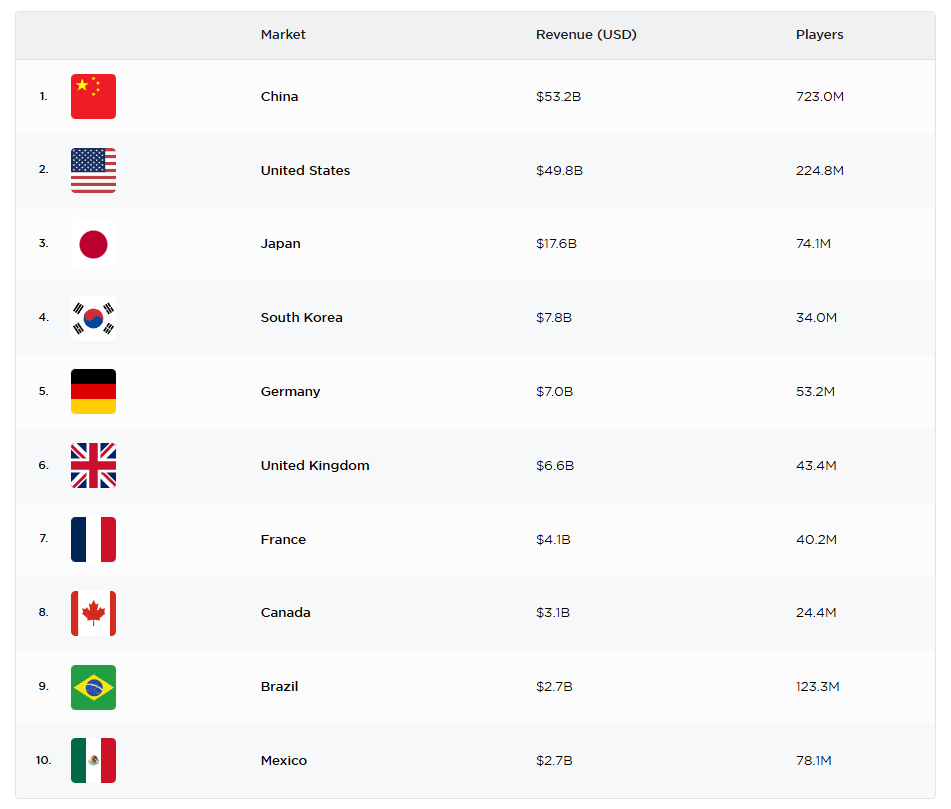Game Translation and Localization – A Definitive Guide
|
Font size:
Embarking on your game localization journey soon and want to know your way around the territory? You’re at the right place.
There’s nothing more rewarding than localizing your game and overcoming all obstacles and hurdles that come along the way, to see your video game be downloaded and played (and replayed!) by millions of gamers worldwide.
However, the localization process is highly demanding and extremely time-intensive, and sometimes, you don’t even know where to start. From choosing the right regions for expansion to budgeting and the localization procedure in itself, there are many complications you’ll likely encounter before you see your game succeed.
Worry not, as in this article, we take you from A to Z and explain everything there is to know about game localization, including what it is, its benefits, all steps involved, major localization challenges and their solutions, and so much more. Read on to go from dazed and confused to a localization know-it all!
What is Game Localization?
A brief look into the history of Game Localization
The fact that game translation and localization had great financial potential only amplified this need for well-translated games. From then onwards, more and more companies started to double down on their game localization efforts to create a truly immersive gaming experience and win the hearts and pockets of gamers worldwide.
Video games’ popularity worldwide and the demand for Game Localization
Top 10 gaming markets for expansion















